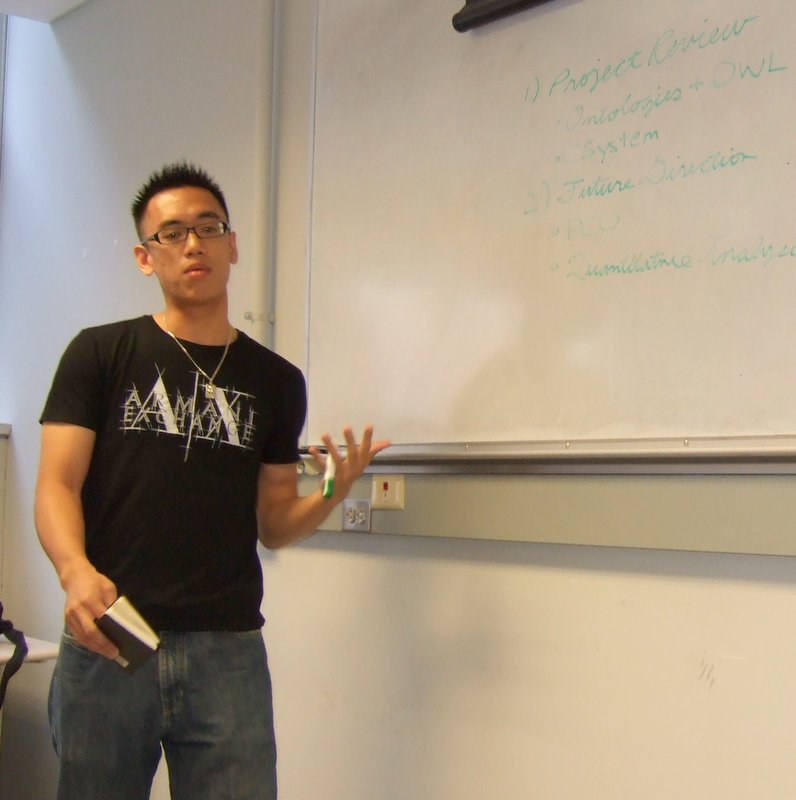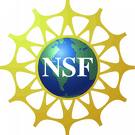Ontological model of an ecological system with four populations and multiple trophic interactions
The goal of this project is to develop an ontological model of an ecological system with four trophic levels. This system includes understory plants, which are eaten by white–tailed deer, and also pollinated by bees. The bees in turn are parasitized by wasps that lay eggs on the brood provisions within the nests of the bees. Altogether, the system entails a food web that involves a mutualism, whereby the bees and the flowers have positive impacts on each other, while the deer have negative impacts on the flowers (but the flowers benefit the deer), and the wasps have negative impacts on the bees (and the bees benefit the wasps). The ontological model would describe the various biological entities in this system, as well as the aspects of the quantitative model of this ecological system. Since at present there is no complete ontology of ecology, this work would serve as a prototype for such an ontology. Rambert Yan investigates whether mathematical models have been ontologized or not, and draw from those ontologies if so. Ultimately, Rambert will survey the literature and use those results to ontologize additional systems, and then use the ontology to find biological systems that have the same structure (i.e., predation, mutualism, competition) and then develop analytical models for these additional systems. The ontology will build upon work in Dr Bunker's lab on the TraitNet project, and will entail building the ontological models using the language OWL and the ontology editor Protege.UBM student Rambert Yan (quantitative ecology laboratory of Dr Daniel Bunker):


|
This Program is supported by the NSF grant award
DMS-0926232 Please contact Victor Matveev for further information. |